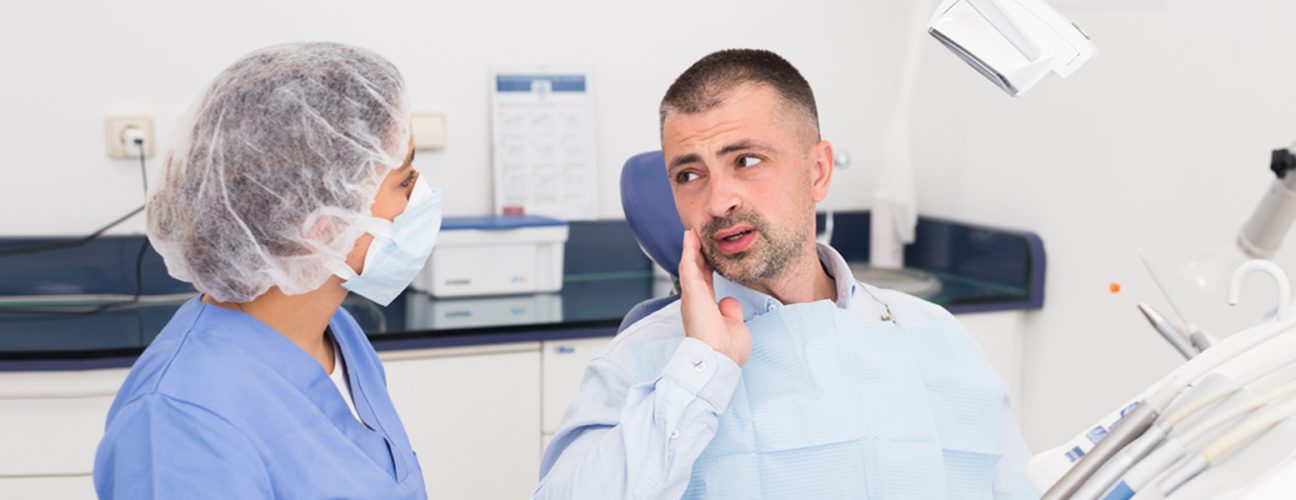What Causes the Pulp of a Tooth to Be Exposed and How Can You Prevent It?
October 1, 2025Tooth pain can strike without warning, disrupting your comfort and focus. Often, the hidden culprit behind sudden discomfort is damage that leaves the pulp of the tooth exposed. Understanding what causes this sensitive issue and how to quickly identify and prevent further harm is crucial. Here’s what you need to know to guard your teeth and preserve your smile for years to come.
How to Recognize When the Pulp of a Tooth Is Exposed
It doesn’t always come with a loud warning. Sometimes the signs sneak up on you. Other times, they shout. Either way, your body knows when something’s off.
Look for these symptoms:
- Sudden, sharp pain while eating or drinking
- Pain that lingers post-exposure to hot or cold
- Visible hole or crack in the tooth
- Swelling around the gums or face
- Discoloration of a single tooth
- Bad (foul) taste in the mouth or signs of infection
The pain may start off small, but once the pulp is exposed, it doesn’t heal on its own. You need a plan and a trusted local dentist or dentist in Heath, TX, to stop it from getting worse.
Steps You Can Take to Shield Your Tooth Pulp
Prevention starts before pain ever begins. The pulp stays protected as long as the hard outer layers, the enamel and dentin, stay intact. So, your goal is to keep those layers healthy.
Here’s how:
- Brush twice a day. Use a soft-bristled brush.
- Floss daily. Plaque loves to hide between teeth where your brush can’t reach.
- Wear a mouthguard. If you grind your teeth or play sports, protect your teeth from cracks.
- Be careful with what you chew. Ice, hard candy, and popcorn kernels are tooth-breakers.
- Fix cavities early. A small cavity can reach the pulp if ignored.
Cracks, deep decay, or trauma can rip through the tooth’s natural shield. Once that happens, bacteria enter, and infection sets in. The earlier you catch the indications, the easier it is to avoid deep damage.
Preventive Dental Treatments to Maintain Healthy Tooth Pulp
Some problems can’t be fixed at home. That’s where your dental team comes in. They can help strengthen your teeth before the pulp gets exposed.
Consider these treatments:
- Dental sealants – Thin coatings that block bacteria from entering pits and grooves.
- Fluoride treatments – Help rebuild early enamel damage before it spreads.
- Dental bonding – Repairs chips and cracks before they go deeper.
- Nightguards – Protect against clenching and grinding while you sleep.
If damage has already occurred, your dentist might suggest endodontic treatment in Heath, TX (if you are from the area). This type of care focuses on saving the tooth by cleaning and sealing the inside. It’s often needed when the pulp is exposed, but the tooth can still be saved. Early treatment is key.
Daily Habits That Support Strong and Healthy Teeth
What you do each day matters more than any one-time fix. Strong teeth start with strong habits. And it’s not just about brushing.
Build these habits into your day:
- Drink water after meals. It helps rinse away sugars and acids.
- Eat crunchy fruits and vegetables. Apples, carrots, and celery help scrub teeth naturally.
- Avoid constant snacking. Every time you eat, bacteria get active. Give your mouth breaks.
- Quit smoking. Tobacco weakens your gums and increases the risk.
- Limit sugary drinks. Sodas and energy drinks wear down enamel quickly.
You don’t need a perfect diet or a long list of routines. But if you stick with the basics and stay consistent, you’ll keep your pulp protected and your smile strong.
When to Visit Your Dentist for Pulp Protection?
Some dental issues can be delayed for a few days. This isn’t one of them. If you feel deep pain, notice swelling, or see part of your tooth missing, call right away.
Don’t wait if you:
- Feel heat or cold pain that doesn’t go away
- Notice the darkening of one tooth
- Have pain when biting or chewing
- See swelling or pus near a tooth
A dentist can take X-rays to see how deep the damage goes. In some cases, they can repair the tooth before the pulp is fully exposed. Other times, they may need to treat the pulp directly.
The key is not waiting. The longer the pulp stays exposed, the greater the risk for infection and tooth loss.
Final Thoughts
Healthy teeth mean a happier life, pain-free chewing, confident smiles, and lasting comfort. At Arc 32 Family Dentistry, we’re dedicated to protecting your smile through personalized care and proactive treatments. Don’t wait for pain to appear; safeguard your dental health now. Schedule your checkup today and experience gentle care that makes a meaningful difference for your lifelong smile.
